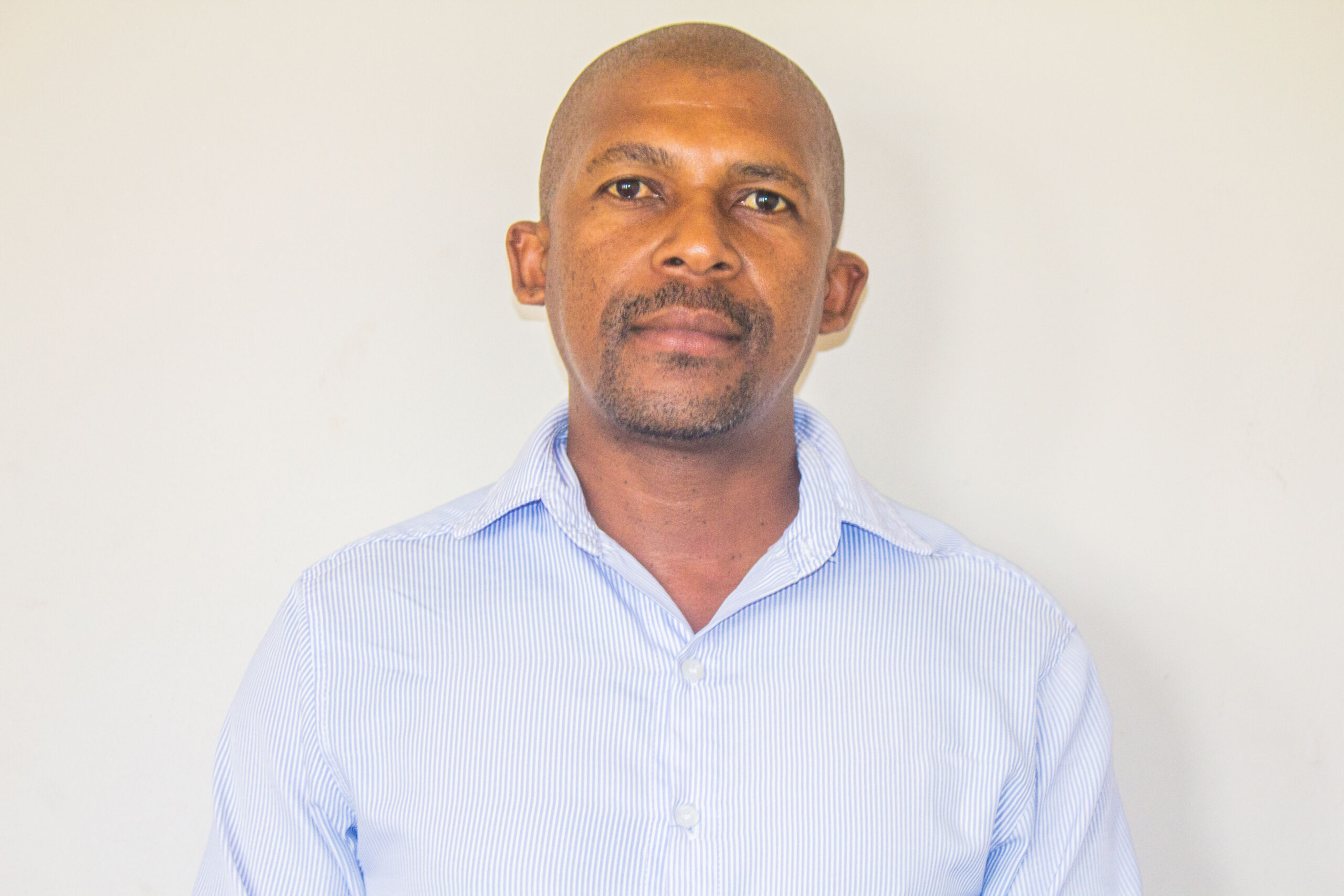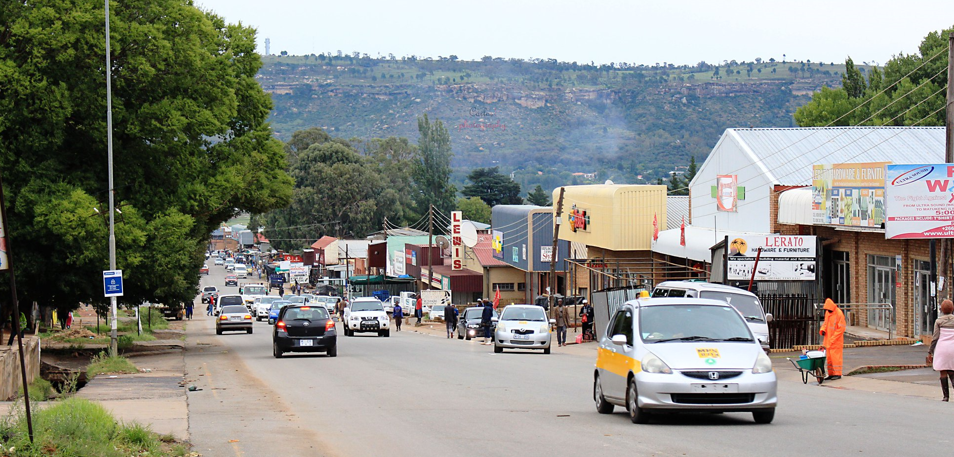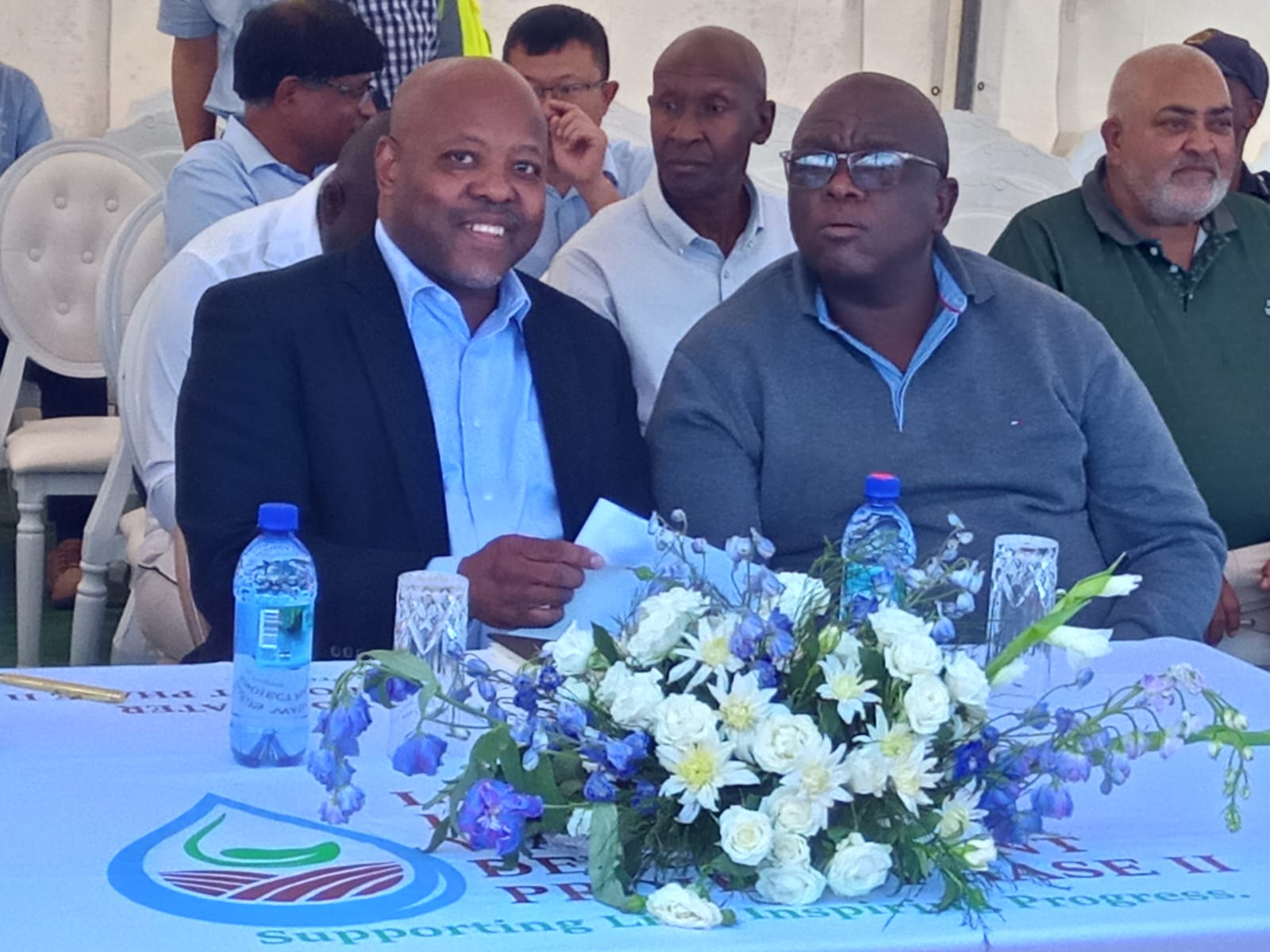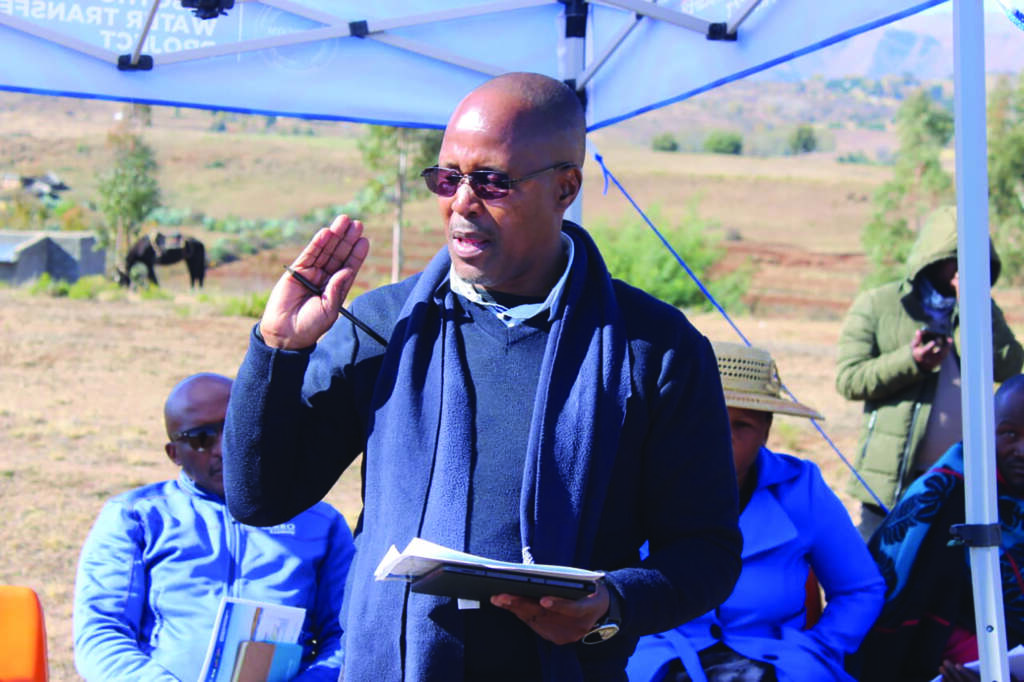… Over 100,000 residents to Benefit from M1.1 billion project by December
By December this year, up to 115,000 people and businesses in Maputsoe and Hlotse in Leribe district will gain improved water access under the Lesotho Lowlands Water Development Project Phase II (LLWDP II).
The project, backed by M1.1 billion ($78 million) in financing from the International Development Association of the World Bank, is set to deliver 25 million litres of potable water daily upon completion.
According to LLWDP II Project Manager, Mathealira Lerotholi, the initiative will primarily benefit residents of the Leribe district’s Zone 2 and Zone 3 areas.
“Our goal is to begin supplying water by December, pending the certification of the treatment plant, which requires three months of testing. We are confident that this will allow residents to celebrate Christmas with a reliable water supply,” Lerotholi stated.
The project seeks to address chronic water shortages that have long affected the two towns, improving public health, stimulating economic growth, and promoting sustainable development.
Maputsoe and Hlotse have faced severe water challenges due to inadequate supply, exacerbated by drought conditions that deplete critical water sources such as the Mohokare River. Ageing infrastructure and limited alternative sources, like boreholes, have further complicated the situation.
The water crisis has had a profound impact on local industries, especially in Maputsoe, a key industrial hub. Water shortages have disrupted factory operations, increasing production costs and threatening economic stability.
Many textile factories in Maputsoe have resorted to sending garments to Ficksburg, South Africa, for washing due to insufficient water supply.
This process, essential for dyeing, finishing, and washing clothes, has significantly raised production expenses. Lerotholi described this situation as embarrassing for Lesotho, particularly in the context of the African Growth and Opportunity Act (AGOA), which provides duty-free access to the U.S. market.
Lerotholi noted that the water project is poised to foster economic growth and generate employment by ensuring reliable water services are available to the industrial sectors in Maputsoe, hence the area was prioritised.
Phase II of the LLWDP builds upon the successes of Phase I, which included the establishment of the Metolong Dam and Water Supply Programme, enhancing water service availability for both domestic and industrial needs in Maseru, the capital.
Lerotholi explained that LLWDP Phase II is a brain-child of the Lesotho Lowlands Water Supply Scheme, focusing on two primary areas: the zones 2 and 3 package in the Hlotse-Maputsoe region and the zones 6 and 7 package in the Mohale’s Hoek-Mafeteng area.
In Leribe, water will be sourced from the Hlotse River at Ha Setene to provide for various locations, extending from Pitseng to Kolonyama and reaching Mapoteng in the Berea district. However, due to current budget limitations, Lerotholi said the initial focus will remain on Maputsoe and Hlotse.
“The project aims to enhance access to dependable domestic and industrial water supply services in Maputsoe and Hlotse, alongside settlements along the transmission pipeline,” he explained.
‘Mamaphate Kelane, who lives in Matukeng (Hlotse), a village that frequently runs low on water, said: “This project will make it easier for women and children to get water. They won’t have to spend so much time and effort collecting it. It will also help Lower the chances of getting sick from dirty water and reduce the costs of getting treatment.”
Key initiatives include the construction of bulk water infrastructure, such as intake structures, pump stations, raw water mains, treatment facilities, service reservoirs, transmission lines, and booster pumps, in the prioritised areas. This will be complemented by improvements in distribution systems and the implementation of low-scale sanitation and hygiene measures.
LLWDP will also build capacity of service providers to reduce non-revenue water, improve billing and revenue collection, and strengthen overall planning and monitoring. In addition, it will provide technical assistance to support a long-term technical solution to ensure water security for domestic and industrial uses.
Paul Noumba Um, former World Bank Country Director for Lesotho and surrounding nations, has remarked on the critical value of water as Lesotho’s natural resource and its significance to the country’s long-term development. While access to water supply services in Lesotho is relatively high compared to many Sub-Saharan African countries, he said challenges remain regarding reliability and quality, affecting both rural and urban populations.
The World Bank’s involvement in this project also aims to strengthen the technical and financial performance of Lesotho’s Water and Sewage Company (WASCO), thereby enhancing sanitation infrastructure and services.
Additionally, the project will support WASCO in achieving measurable operational improvements through change management support. These enhancements encompass improving the quality of technical and financial data to aid decision-making and meeting annual performance targets established by the Lesotho Electricity and Water Authority.

Development Journalist specialising in the reporting of social, economic, and environmental issues. He analyses the impact of policies and programs on communities, along with other factors that influence community well-being. In addition to his journalism endeavors, he is an accomplished photojournalist, capturing compelling images that complement his narratives. Masoabi is also an audio storytelling podcaster, having earned certification from the Knight Centre for Journalism, affiliated with the University of Texas, United States.









